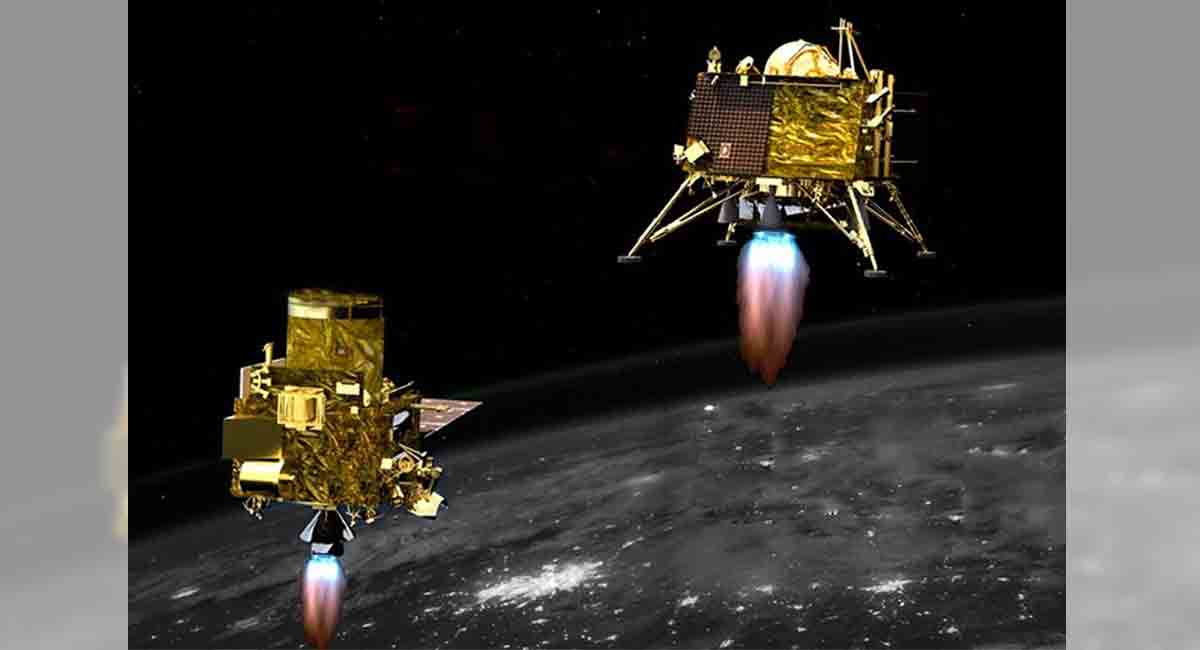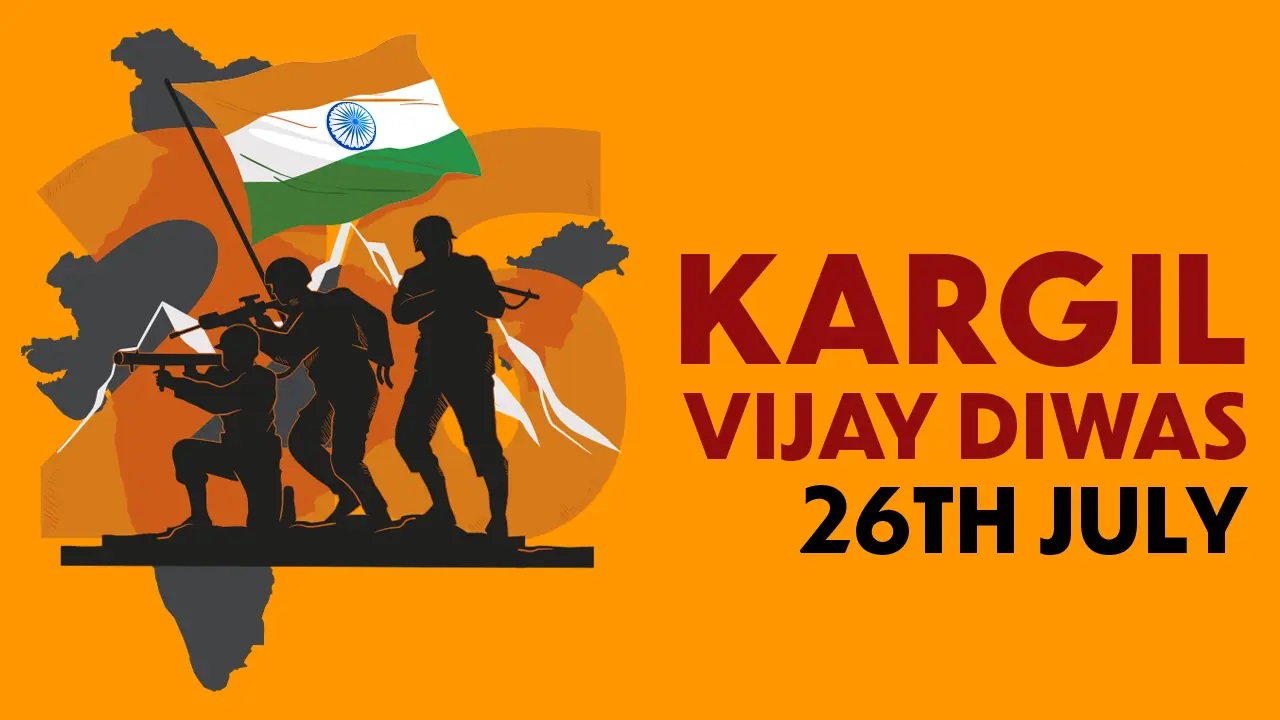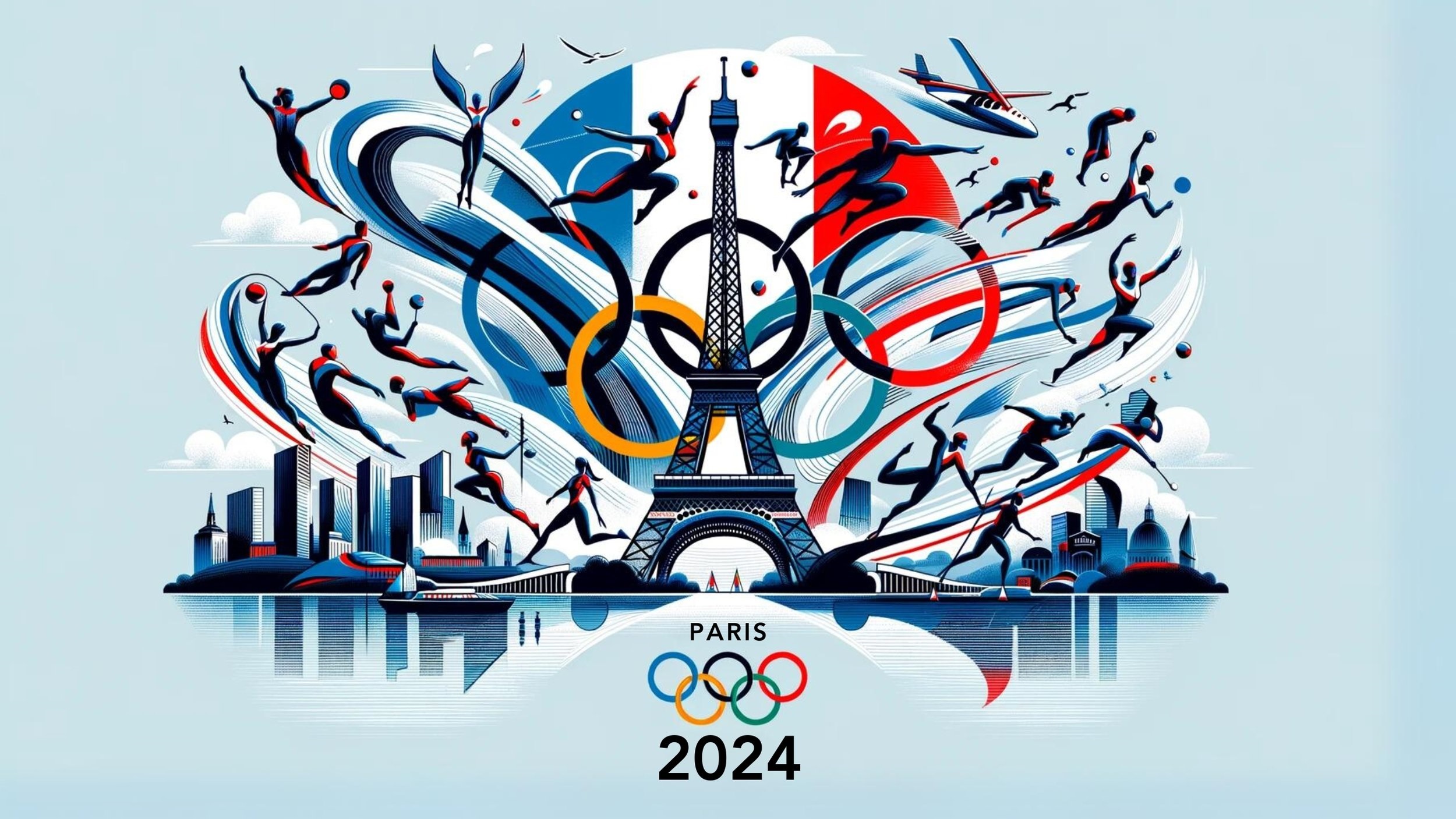In a historic achievement for India’s space program, the Chandrayaan-3 spacecraft successfully landed on the Moon on August 23, 2023, marking another significant milestone in the country’s quest for lunar exploration. The event was met with excitement and pride by scientists, engineers, and space enthusiasts not only in India but around the world.
Yesterday, the internet was flooded with the Vikram lander images that made many around the world feel proud of this extraordinary achievement.
Chandrayaan-3 Live Location Today:
The Chandrayaan-3 update today is that it is situated on the lunar surface, precisely at the predetermined landing site, that is, the south pole of the Moon, as selected by the Indian Space Research Organisation (ISRO) based on meticulous planning and analysis. The live tracking of the Chandrayaan-3’s location is being facilitated by an array of communication and tracking systems on Earth, ensuring that mission control remains informed about the spacecraft’s activities and movements.
Pragyan Rover’s Unique Design and Cost:
The centerpiece of Chandrayaan-3’s mission is the Pragyan rover. This state-of-the-art rover, designed and built by ISRO, is a symbol of India’s technological prowess in space exploration. With a total expense of approximately $40 million, the Pragyan rover cost is a testament to India’s commitment to achieving space exploration milestones in a cost-effective manner.
The Pragyan rover wheels are six that feature a robust design optimized for traversing the challenging lunar terrain. Each wheel is equipped with independent motor control, allowing the rover to maneuver efficiently and navigate the Moon‘s uneven surface with ease. The wheels are specifically designed to provide maximum traction and stability, ensuring that the rover can overcome obstacles and perform scientific tasks effectively.
ISRO’s Technique of Soft Landing:
One of the most critical aspects of Chandrayaan-3’s mission was its soft landing technique, which is the process of safely descending a spacecraft onto the lunar surface without causing damage. Soft landing is a complex and delicate maneuver that requires precise calculations, meticulous planning, and real-time adjustments.
Chandrayaan-3 utilized a combination of propulsion systems, altitude control mechanisms, and sensors to ensure a successful soft landing. As the spacecraft approached the Moon’s surface, its descent was controlled using onboard sensors that measured the distance from the surface. The propulsion systems fired in a controlled manner, counteracting the Moon’s gravitational pull and reducing the spacecraft’s velocity to a point where it gently touched down.
This technique demanded the utmost precision and coordination from ISRO’s ground control team. With years of experience in space exploration and a proven track record of successful missions, scientists and engineers of the Indian Space Association expertly executed the soft landing maneuver, resulting in Chandrayaan-3’s safe arrival on the lunar surface.
Conclusion: A Bright Future for Indian Space Exploration:
The successful landing of Chandrayaan-3 on the Moon’s surface on August 23, 2023, serves as a remarkable achievement for India’s space program. This triumph of the Chandrakanti accomplishment not only highlights India’s growing capabilities in space exploration but also demonstrates the country’s commitment to advancing scientific knowledge and technological innovation on a global stage.
As Chandrayaan-3’s Pragyan rover embarks on its mission to explore the lunar surface, it carries the hopes and aspirations of a nation, symbolizing India’s dedicated pursuit of excellence in the field of space exploration. With each successful mission, India solidifies its position as a significant player in the international space community and paves the way for even greater feats in the years to come.











